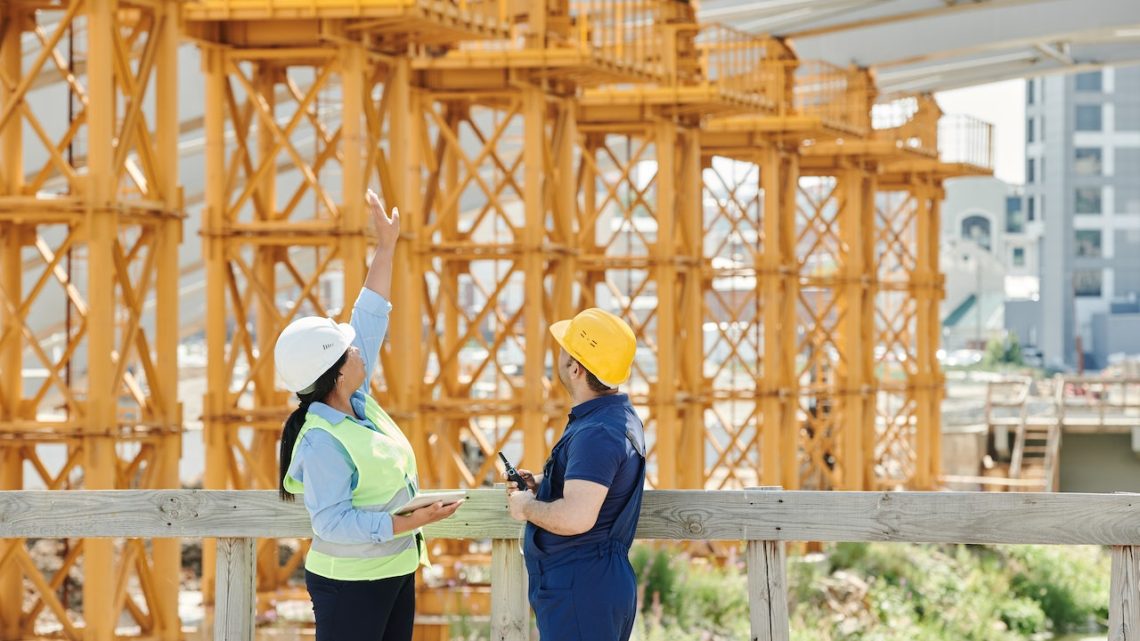Construction workers are faced with various risks and dangers daily due to the hazardous materials they use. With this being said, many accidents, injuries, and even fatalities occur on a regular basis. Likewise, this results in losses for both the workers and companies. With effective training and education, it is possible to mitigate these risks and create a safe work environment. This article discusses safety training and education to reduce construction accidents. Here we examine relevant statistics to this information: Construction Accident Statistics
Importance of Safety Training
Construction safety plays a massive role in making sure workers have the knowledge and skills necessary to identify and prevent any potential hazards. These training programs help to enhance workers awareness, reduce the likelihood of accidents occurring, and provide a safety culture.
Impact of Saftey Education Programs
Workshops, seminars, and toolbox talks contribute significantly to reducing construction accidents. These safety education programs give opportunities for both employers and safety professionals to share important information and updates on regulations such as best practices with workers.
The Role of Ongoing Training and Continuing Education
Safety training and education should be viewed as an ongoing process rather than a one-off occurrence. Regular courses and refreshers play a critical role in reinforcing safety practices and keeping workers up to date with industry standards.
Supervisory Training
Supervisors and managers must also take safety training to ensure protocols are being followed. Additionally, this training will make sure hazards are addressed promptly, and workers are provided with necessary resources and support from their overseer. The well-trained supervisors can identify potential issues before they are performed and foster a sense of community within their team.
Construction accident statistics clearly indicate the significant impact of safety training and education on reducing accidents and creating a safer working environment. By prioritizing safety training, investing in ongoing education, and providing comprehensive programs for supervisors, construction companies can greatly minimize risks, protect their workers, and prevent financial losses associated with accidents.
It is crucial for employers, safety professionals, and workers to recognize the importance of continuous learning and strong safety culture. By working together and embracing safety training and education, the construction industry can strive towards a future with fewer accidents and healthier work environments.





No Comment